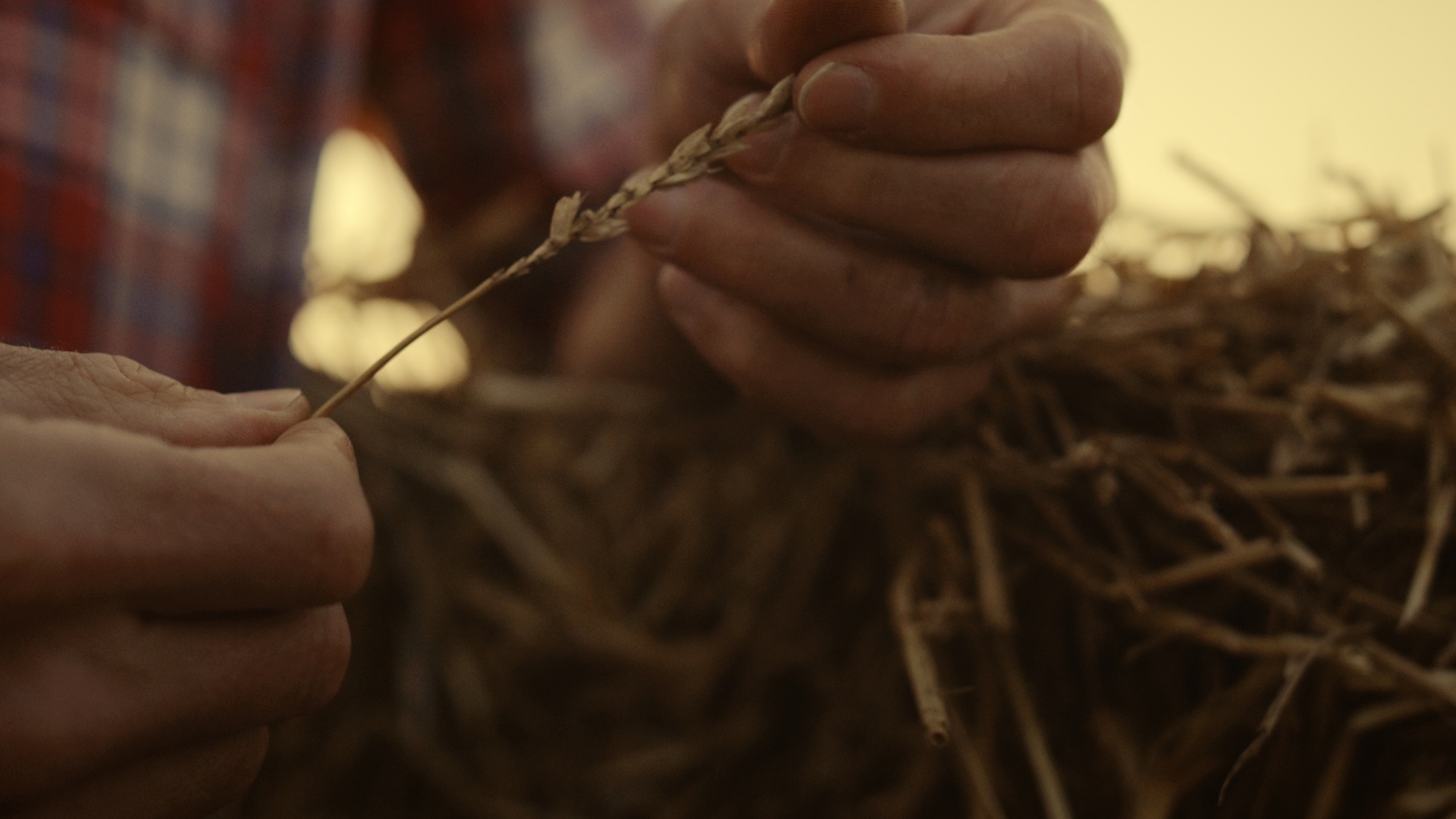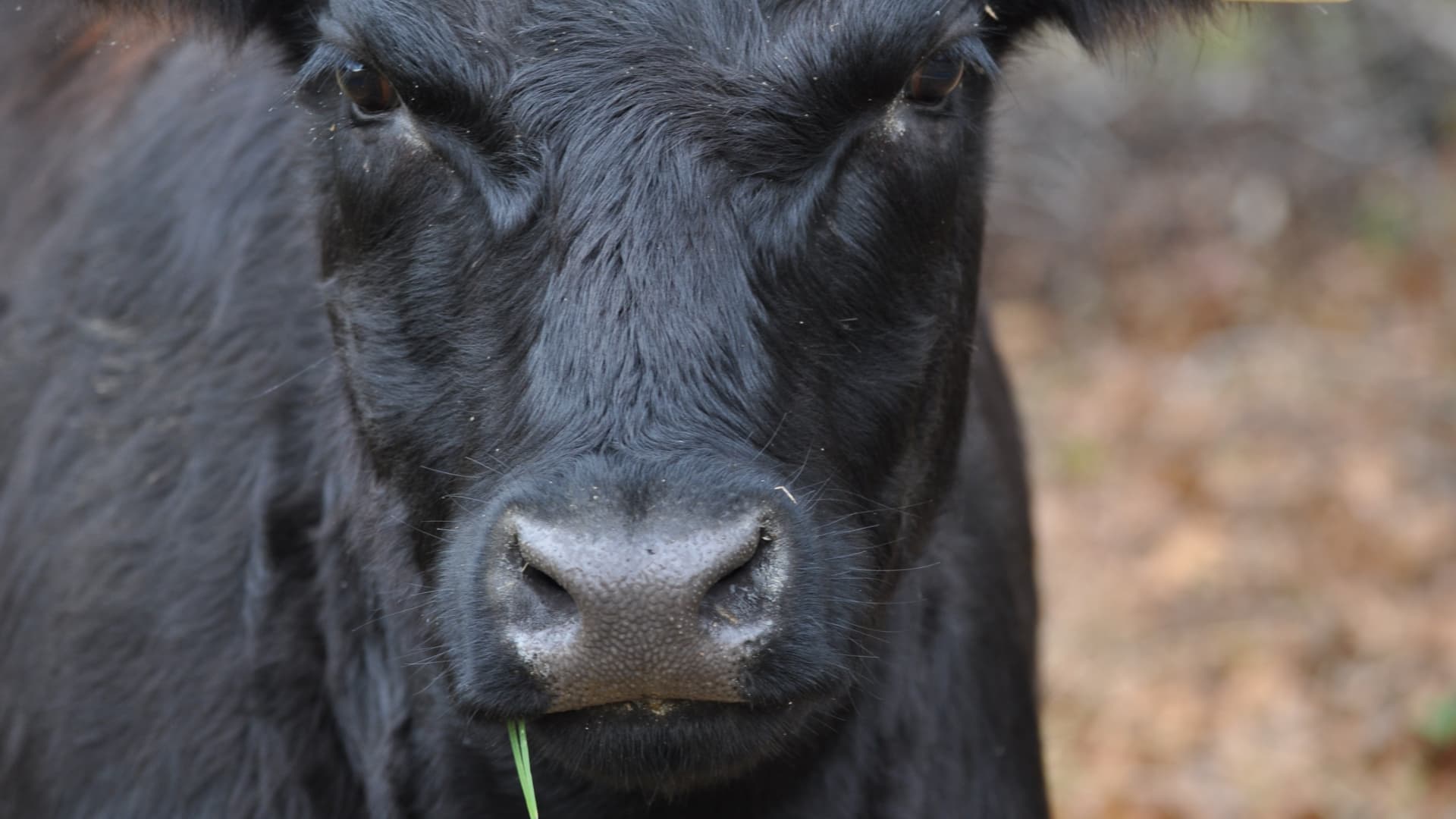1. Introduction
Welcome to the first quarterly edition of AgriPulse!
Our aim is to keep you informed on the mood of the primary sector, tapping into the knowledge of our AgFirst team who are out there every day and have first-hand knowledge on what the real issues are.
Financial: It really is a mixed bag of returns for the primary sector at present. After a gloomy forecast, dairy product prices are slowly strengthening, and horticulture prices are reasonable. However, sheep and beef prices are poor, and combined with high levels of farm inflation, it is very challenging to be a profitable sheep and beef farmer this year. For all farm types, the rise in interest rates is really starting to bite, and as a result farm sales and farm sale prices have been slow this season.
Climate: By and large, most regions of New Zealand have escaped the wrath of El Nino this summer, and many areas will enter the winter with good supplement reserves. However certain regions such as Marlborough and Northland are starting to dry out.
There has certainly been a change of mood in the rural sector in the last six months, due to several factors: a change of government, a decent summer, the perception that environmental regulations will be relaxed. Whether this last point eventuates remains to be seen.
James Allen, AgFirst
2. Dairy
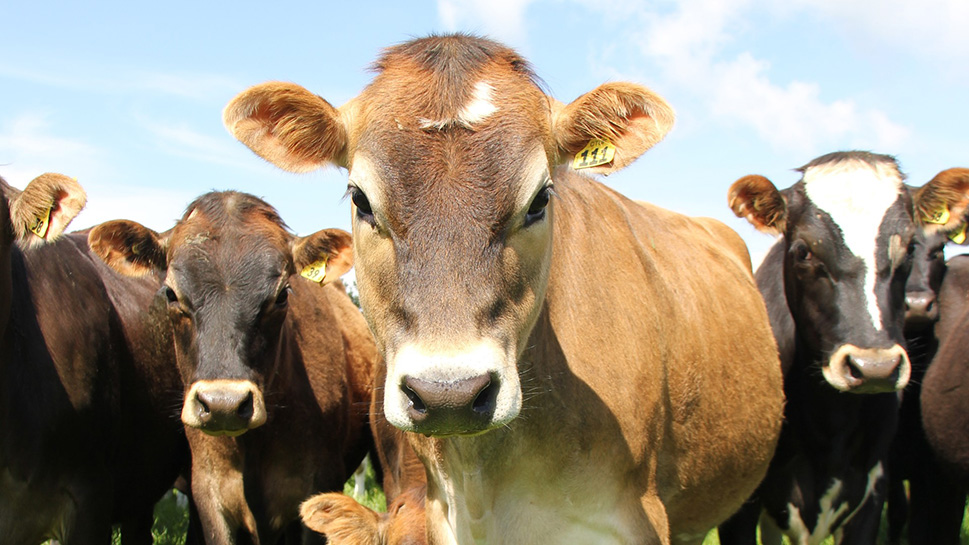
The dairy payout forecast early in the season put the brakes on any non-essential spending by dairy farmers. However, we have seen a steady rise in the global dairy trade auctions, to a point where the milk price will be close to $8 per kg MS. This should result in a breakeven or small profit scenario for most dairy farmers, provided they are not over-leveraged.
The climate has also been favourable, with above average levels of supplement (hay and silage) being made in the spring, and some excellent maize and fodder crops being grown. Eary indications are that mating performance on dairy farms has improved, and so compared to original predictions most farmers are in a reasonable position. However, there is still likely to be cashflow pressure in the late winter/early spring, which may curb purchasing decisions.
James Allen, AgFirst
3. Sheep & beef
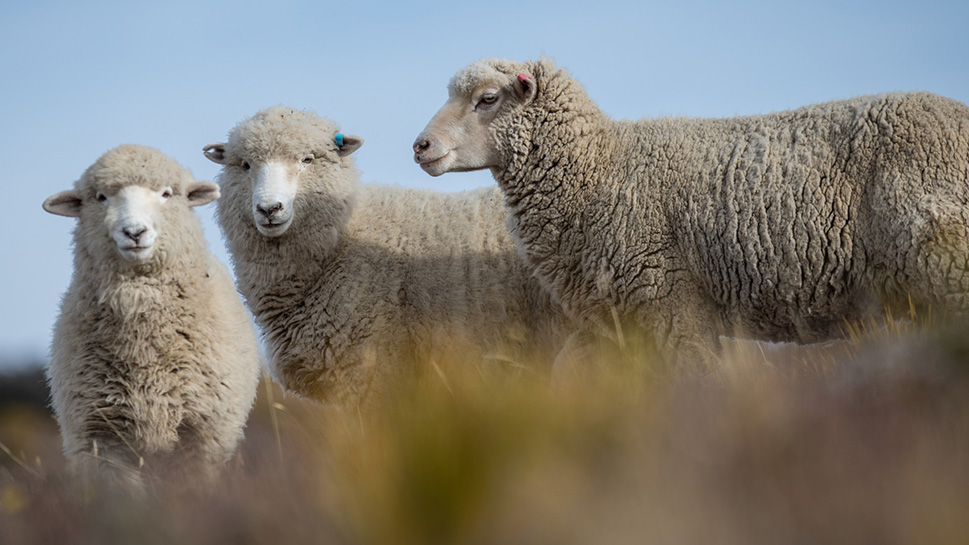
Cattle
With favourable growing conditions in many parts of the country, there is strong competition between processors to source cattle. Anyone with a large line of prime cattle to sell has their phone ringing hot. Pricing is sitting at around $5.70-$5.80/kg. The wider market expects the current supply shortages to continue until there’s either a big hot dry spell, which is looking more unlikely as we head into Autumn, or cull dairy cows start to appear post-pregnancy testing.
Surplus feed on farm is limiting the availability of store cattle for sale. Large numbers of cattle are still being withheld from the market and keeping store prices higher than those seen historically at this time of year. As an example, two years ago at The Dannevirke 15-month cattle sale, there were 1200 steers to bid on, this year’s sale there were 300. The upcoming annual weaner fairs will be welcomed by buyers.
In international markets, the number of beef cattle in America has fallen to the lowest level since 1951. The annual calf crop was down 2.5% or 847,000 from 2022. The reduction in the number of beef heifer replacements adds to the argument the US herd is not yet in a rebuilding phase post drought. This should see slaughter shortages continue for 18 months or so once it truly starts to show.
Sheep
At the time of writing, operating prices recently were effectively $6.00-$6.10/kg, not dropping post the end of the chilled Easter trade due to the amount of procurement pressure amongst processors. With farmers endeavouring to take lambs to higher carcass weights, to make up for the lower 2024 schedule, you have the recipe for kill shortages. The general consensus is lifting the schedule now won`t be effective in drawing out any meaningful numbers. In what is fast becoming a waiting game for processors, and trusting forecast slaughter numbers are correct, this is the slowest start for the lamb kill in over a decade. As well as the factors outlined above, the early part of spring produced great lamb survivability, lower than average pasture growth rates and limited sunshine hours which combined to achieve lower than historical lamb weaning weights.
A good growing season and a pause in slaughter price cuts has restored some faith in possible returns on fattening lambs. Shorn male lambs around 30kg liveweight have been making $2.70kg in the paddock.
The demand for mutton continues to be soft and at the lowest level since 2010. Demand from our largest market China continues to be weak and there is little to suggest post Chinese New Year the market will see and significant lift. Schedule pricing for mutton is forecast to sit around current levels of $2.50-$2.60 for some time.
Despite the hiccup in lamb and mutton values, demand for quality breeding ewes has been strong across all regions. With demand outstripping supply returns have exceeded expectations. Two tooth ewes have been averaging $170 compared to $200 in 2023. One-year ewes are trading for $90-$130 depending on quality.
Sector disillusionment with current wool prices has seen the rise of the `shedding’ sheep. Capital stock two tooth Wiltshire ewes are fetching up to $500 and ewe lambs not far behind at around $400.
Sean Bennett, AgFirst
4. Horticulture
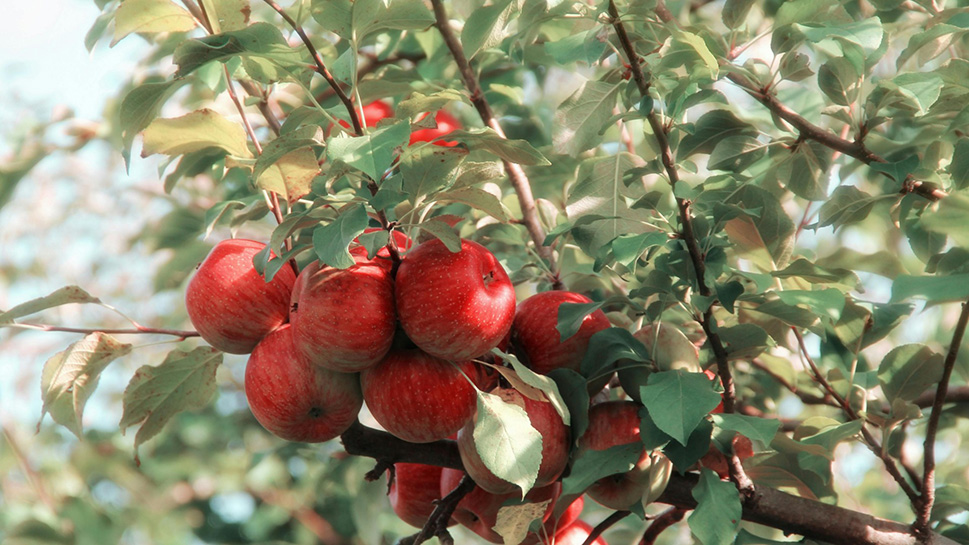
The start of 2024 has most of the NZ Horticulture industry bouncing back after the challenges of 2023. Across the country the new growing season has seen a vast improvement in growing conditions for most growers in most regions. However, there are still ongoing critical impacts to businesses post the 2023 Cyclone events, and subsequent ongoing wet autumn, winter, and spring conditions. There are many horticultural crops that are still feeling the hangover effects of the wet and cloudy La Nina weather pattern.
For this growing season the early season stone fruit crops were mostly better than expected after a difficult start in spring looked like the start of another nightmare year. Later season crops have been a bit mixed but mostly better than expected during early spring.
Field process crops have been mostly good as conditions dried out in late spring and into summer with some fantastic crops achieved in corn from land inundated with silt deposits where expectations were again not that high.
Apple harvest is under way with excellent eating quality and colour development conditions at the start of the season hoping to provide good things to come, disease is present in some crops in Hawke’s Bay due to difficult spring conditions. Most apple crops are looking pretty full, with great colour development happening at the time of writing.
Kiwifruit is just about to get underway, general feedback is things are looking good with a big crop on its way. There is some risk that the great potential result could come with some headaches around fruit size and dry matter if the great run of weather we are having decided to change significantly.
At the moment things are looking pretty good.
James Allen, AgFirst
5. Water storage

The National led coalition government has been vocal recently around the importance of water storage for New Zealand. AgFirst endorses this thinking and want to collaborate with government and industry to help build a brighter future for New Zealand through development of more water storage and irrigation.
Historically there has been some resistance to development of water storage and irrigation systems as there was a perception that this would simply lead to more dairy farming and loss of nutrients into our waterways. The reality is that this is flawed and outdated thinking. In fact, well planned water storage and irrigation systems can be a key factor in the transition to higher value crops and other primary products, helping to build more carbon in our soil through greater accumulation of organic matter, and building resilience into our farming systems to mitigate against climate change.
Water storage allows New Zealand’s landowners the ability to store water at times where there are peak flows through our waterways, which if well planned, can be a very important defence mechanism against flood damage. Water harvested at peak flow periods can then be used to irrigate farmland, providing a crucial mitigation tool against drought. Modern irrigation systems match demand for water from crops with precision application techniques. This means there is reduced chance of over-watering which can cause nutrient leaching.
The surety of water allows farmers and growers the confidence to plant and grow higher value crops, with the knowledge there is lower risk of crop failure due to drought. Additionally, if soils are in a healthy state, and pastures and crops are actively growing, this creates the opportunity to increase the build-up of organic matter in soils and thus enhance the ability of soils to store carbon.
Productivity for New Zealand farms has come to a standstill in recent times. In order to unlock the barriers to growth we need to embrace the concepts of water storage and irrigation, whether large or small scale to get New Zealand moving again.
James Allen, AgFirst
6. Farmer health and wellbeing

Farmers need to look after their most valuable asset – “themselves”. Farmers and growers are good at looking after the health of their animals, crops, pasture, and land, but often neglect their own health. As a rural community we can often feel isolated facing a multitude of challenges that we have no control over (weather conditions, financial pressures, employment issues, politics, etc). No longer do we have to go about this alone, there are many initiatives created to look after farmers and their health and wellbeing including Surfing for Farmers, Rural Support Trust, Lean on a Gate and Farmstrong.
Surfing for Farmers (SFF) aims for farmers, rural families, and industry professionals to “take the beach back to the paddock” by coming together and escaping the farming business. The programme fosters social connection within the community, an opportunity to exercise and get some fresh, sea air. The programme has been running for the past 5 years and has seen increasing popularity with expansion to 27 locations across New Zealand and involvement of over 4,000 farmers and growers. The programme runs for 13 weeks across the summer period and recognises the importance of providing farmers an outlet from everyday business life.
Rural Support Trust has been the backbone of rural support since the early 2000s and has been essential in the response after events like the cyclones last year. Rural facilitators are rural people themselves so understand firsthand the issues and pressures farmers face. Whether it is about your health and wellbeing, financial pressures, employment support or adverse events, facilitators are always keen to help. The main goal of Rural Support Trust is to help people and the community to get back on their feet by speaking to someone who has been there before.
The Lean on the Gate initiative creates stronger communities and stronger people by encouraging conversations one gate at a time. The initial focus was to connect family, friends, and neighbours in the community by encouraging then to take five minutes daily to “lean on a gate and talk to a mate”. This emulates the olden days where farmers used to chat at the local stockyards and other events. Lean on a Gate provides resources to help people learn how to talk to a mate or connect someone with a mate.
Farmstrong is a well-recognised rural wellbeing programme and “being Farmstrong is actually about enjoying farming”. In order to farm well you need to live well as looking after yourself means you will look after the farm too. Farming has a unique set of challenges and pressures that aren’t going to disappear, so it is important farmers develop habits that they can draw on during challenging times. Farmstrong share farmer to farmer tips to help improve wellbeing to ensure individuals can cope with the ups and downs of a farming lifestyle. This advice is backed by science and includes topics such as mindset, stress and burnout, sleep, time out, nutrition and fitness.
All these initiatives are farmer focussed so farmers, growers and the rural community look after their key asset – “themselves”. AgFirst and the team are involved in a number of these initiatives and have seen the benefits personally and at a community level.
Chelsea Hopkins, AgFirst
7. Considerations for marketers

With a real mixed bag of returns in the primary sector at present, marketers should be thinking smarter about their segmentation, targeting and positioning strategies. Particularly when trying to execute acquisition-based tactics.
For example, going out to market right now selling product features to a generalised ‘farming’ audience is very likely to result in low uptake and be prone to significant wastage in advertising spend. We’re anticipating many farmers will consider holding back on both personal and business expenditure this quarter (including rollover capex such as vehicles/quad bikes, supplementary feed and fertiliser etc.). Unless marketers can prove their product or service will satisfy an imminent need or demonstrate immediate ROI, it’s likely to fall on deaf ears.
So what do you do? Here’s a few ideas if you’re planning acquisition activity:
Get smarter with your segmentation strategy – green shoots are starting to emerge in horticulture and dairy. If you have customer lists or databases with these audiences run a product promotion or awareness campaign through them and assess uptake. If it’s healthy, only then consider a targeted acquisition campaign out to the sector.
Get more granular with your targeting – in line with the above, look to build tightly targeted sales campaigns with upweighted spend across the more optimistic sectors. Base the targeting around robust, third-party databases (offered by rural media publishers), contextual targeting or look-a-like audiences.
Double down on your positioning – It never ceases to amaze us at how little effort agricultural brands put into building a solid positioning for their products and services. The market is arguably cluttered with a ‘sea of sameness’, with products and features and very little consideration for the customer benefit or emotion brands/products fulfill. Once you determine your target customer, run a small workshop using the simple customer benefit ladder framework. Spend the time really fleshing out what benefit(s) you can offer farmers/growers in the current market that competitors can’t. This might be rational or even better, emotional. These benefits should form the foundations of your ongoing communications, ensuring you’re demonstrating an understanding of your customers’ current situation and helping you jump ahead of the category
A final consideration:
Upweight future demand generation activities – With leading marketing science organisations such as Eherenberg Bass Insitute proving it’s detrimental to stop marketing/advertising when economic times are tough, it’s vitally important to maintain a brand presence so you stay visible and customers turn to you when they are ready to buy. But not all brand presence is equal. Being consistently in market with meaningful messaging that builds long term competitive differentiation is very different from being in market with generic product messaging.
In our opinion, there is currently plentiful opportunity for brands to build and maintain brand salience in the agricultural sector. Most are talking in products and service languages when farmers, growers and even other agribusinesses are seeking advice, support, partnership, shared commitment and collaboration to help navigate the changing times they are enduring. Now’s the time to consider what role your brand plays in this ecosystem, and start communicating how you’re playing your part to ensure the sector remains forward thinking and sustainable.
Kurt Sandtmann, Tracta

